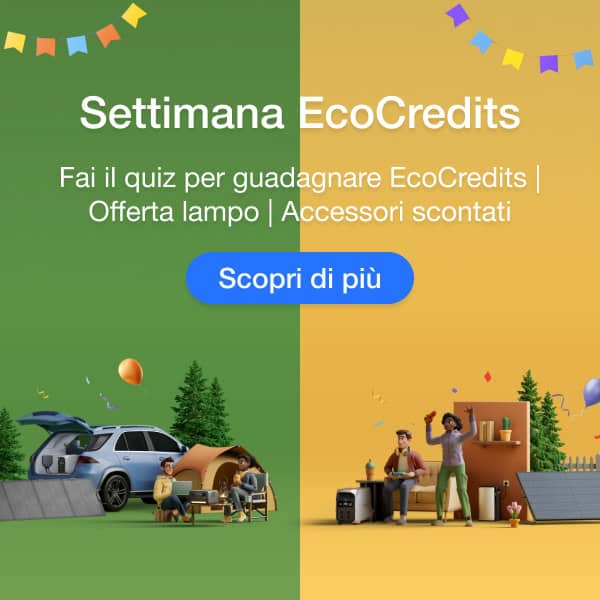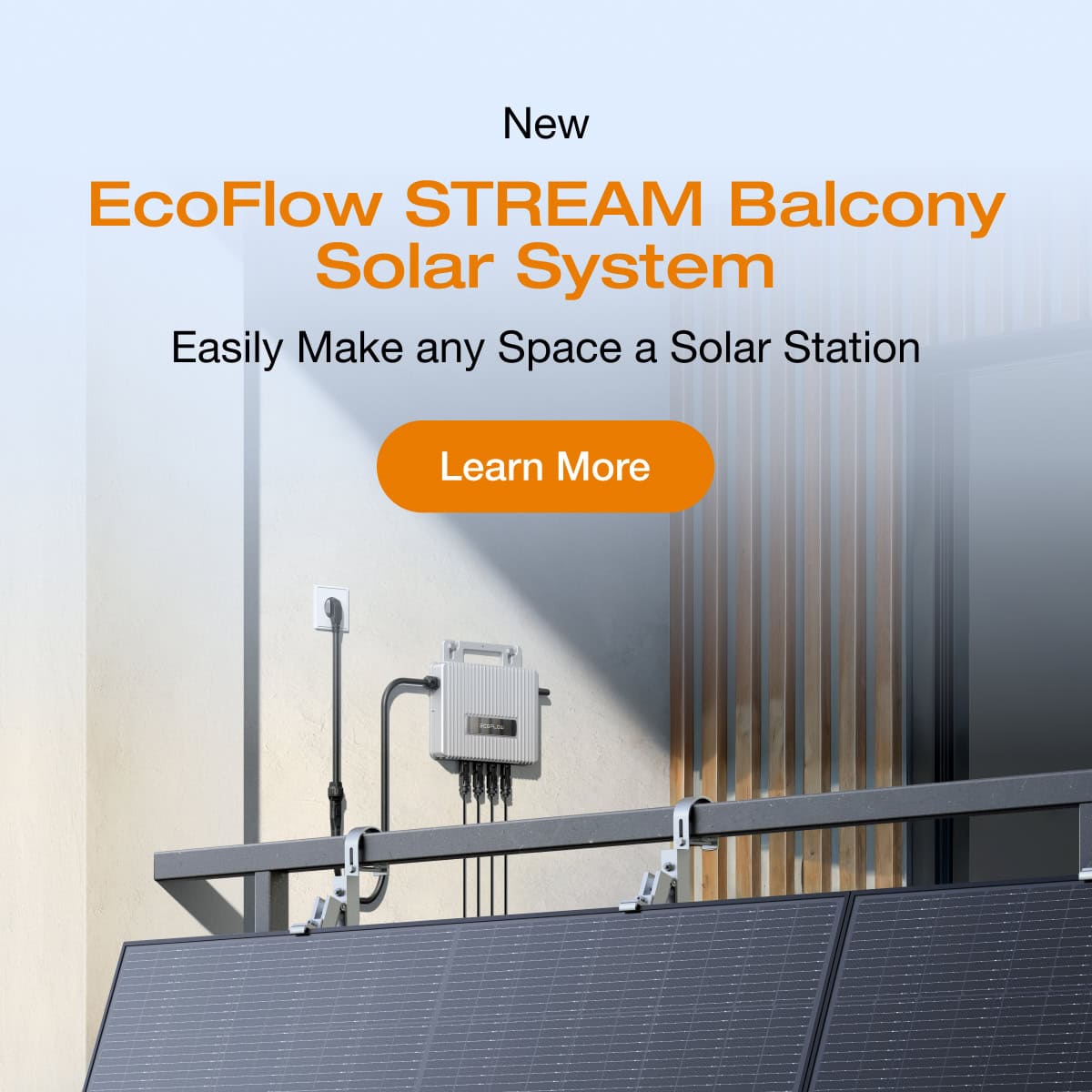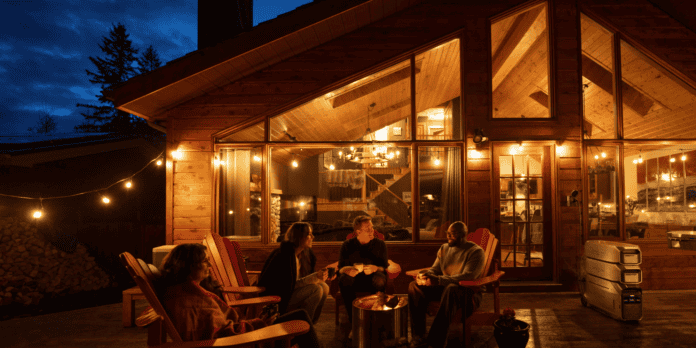Table of Contents
Your outdoor lights already get sun exposure for much of the day, so why not leverage that and make them solar lights that can work independently using captured energy from the sun’s rays? For solar outdoor lights to work, however, they need a rechargeable battery within them to store the energy. This brings us to the challenge of finding the best battery for outdoor solar lights.
Learn what to consider and what chemistry type best suits this application.
What Are Solar Light Batteries?
Solar light batteries are rechargeable cells that capture the energy of the light’s solar panels during the day to illuminate the darkness at night. These tiny batteries are the key to the independent nature of outdoor solar lights, which don’t need to be connected to your home electric panel to work.
There are different types of solar batteries, so check which type and size your particular solar lights require. Some common types include Nickel-Cadmium (NiCd), Lithium Iron Phosphate (LiFePO4 or LFP), Nickel-Metal Hydride (NiMH), and Lithium-Ion (Li-ion).
Each chemistry has its own features, from how much energy it can store at once to how long it can last.
What Batteries Should I Use in My Outdoor Solar Lights?
The batteries you use for outdoor solar landscaping lights depend on a few things. First, do your solar lights indicate that they should use only one type of battery? If so, stick to the designated battery chemistry to ensure they work correctly.
Another limitation to consider is size. The most popular size solar light battery is AA, which has a 14.5 mm diameter and 50.5 mm height. Another standard size is full-size AAA, which features a 10.5 mm diameter and 44.5 mm height.
They’re slimmer and smaller than the AA size. If the battery compartment for your outdoor solar lights requires either AA or AAA batteries, you’ll need to find a battery chemistry within that size.
You’ll usually need one or two cells for each solar light, which can add up quickly. It also means you may need to replace them individually at different times. For example, some lights may get more direct sun exposure, leading to a faster charge and discharge cycle, which reaches the end of the battery’s lifespan sooner than the lights in other positions.
As an alternative to outdoor solar lights’ small internal batteries, you could also create a lighting system by connecting your lights to a larger, more comprehensive power source such as EcoFlow Solar Generators.
The EcoFlow RIVER 2 Series Solar Generators, such as the EcoFlow RIVER 2 Max + 160W Solar Panel, are sufficient for just a few smaller lights. These battery banks can power your outdoor lights using larger solar panels rather than smaller, individual panels on each light.
How To Choose the Best Battery for Outdoor Solar Lights
As mentioned, there’s much to consider when selecting the best battery for outdoor sun-powered lights. You’ll need to choose a battery type while also considering size, capacity, depth of discharge, lifespan, price, and compatibility with your particular lights.
Battery Types
The four most common solar light batteries are Lithium-ion, Lithium Iron Phosphate, Nickel Metal Hydride, and Nickel Cadmium.
Nickel Cadmium (NiCAD)
NiCAD cells maintain a steady and consistent voltage until all energy is depleted, but this can take a while as these batteries have a sufficiently long lifecycle. The biggest con to NiCAD cells is the memory effect, which causes some rechargeable batteries to lose their total charge capacity over time.
It usually happens due to incomplete discharge in previous uses, so ensuring a full discharge can help mitigate this issue, although it’s challenging to do with hands-off solar lights.
Nickel Metal Hydride (NiMH)
NiMH cells are the most common solar light battery because they hold a long charge and can last much longer than NiCAD types. Other benefits include a lack of memory effect complications, environmental friendliness, and a higher energy density.
Lithium Iron Phosphate (LiFePO4)
LFP batteries are the safest option on this list. They pass all safety tests for metrics like overcharge, impact, short circuit, drop, temperature, and low pressure with flying colours, making them a great option if safety is your priority.
Lithium Ion (Li-ion)
Li-ion cells are a very popular battery type. They have a higher voltage output and can charge faster than other types. They also have a high energy density, which can create a high price tag. However, there are safety concerns around lithium-ion batteries, so opting for an option like LFP batteries can help mitigate these risks.
Battery Capacity
Battery capacity refers to how much energy the cell can reserve and release – like a car’s gas tank. Capacity is usually measured in milliamp-hours (mAh), watt-hours (Wh), or kilowatt-hours (kWh). The capacity measurement tells you how much electricity a given battery can provide in an hour, and the bigger the number, the longer the battery can work without needing to recharge.
An outdoor solar light battery with a high mAh or kWh can keep your solar lights on for longer during the night when you need them most. Since outdoor lights enhance safety, you should look for a battery with a capacity that can carry them through the entire night until day breaks again. At a minimum, choose a battery that can sustain the light for at least 6-8 hours.
For larger displays and brighter lighting, consider an EcoFlow DELTA Series Solar Generator, which offers more storage capacity and output. For example, the EcoFlow DELTA 2 + 220W Solar Panel offers 1.8kW continuous output and 1024Wh storage capacity—more than enough for a fully lit yard.
Depth of Discharge
Depth of discharge (DoD) is also essential, as it tells you how much total battery power you can utilise without damaging the cell. If the battery’s DOD is 70%, you can safely use 70% of its total capacity. Any more than that risks long-term battery damage, as the battery’s health becomes compromised.
For solar lights, you want a high DOD of 70% or more to maximise how much of the battery you can use without fear of causing damage.
Price
You need to find batteries that fit well within your budget. While some may think that a more expensive battery equals a better one, that’s not always the case. It’s possible to find reliable batteries that don’t break the bank. The batteries listed above are all relatively affordable, but out of all of them, Li-ion may be the most expensive.
Cycle Charges
Cycle charges tell you about the cell’s lifespan. The more cycle charges, the longer the solar battery lasts. Each day will likely be a new charge cycle for solar outdoor lights after depleting their energy reserves overnight. You can consider each day as one charge cycle, so if your battery has 2,000 charge cycles, it should last you 2000 days.
Since you don’t want to constantly swap out your solar light batteries, find an option with at least 1,000 charge cycles or more so you know they’re built to last and will perform better for the money.
Solar Light Compatibility
Any battery you use must be compatible with your solar lights. That means size, voltage, and amperage. Too high voltage can damage the lights, while a low voltage will limit brightness or prevent them from working correctly.
Warranty
A warranty is not necessary, but it is a nice feature. Batteries usually come with an A-grade or B-grade, and A-grade cells have a more extended warranty than B-grade cells. To feel confident in your choice, look for a one-year warranty at minimum.
Frequently Asked Questions
You can make your outdoor solar lights last longer by looking for a battery with a higher capacity and more cycle charges. The increased capacity will allow them to illuminate longer each night, while greater cycle charges will extend their lifespan.
Final Thoughts
Outdoor solar lights add safety and aesthetic beauty to any home at night but require careful battery selection and maintenance to ensure they work properly. Standard solar lights have tiny solar panels connected to an internal battery that works independently as a system, and you’ll need to replace each one individually.
If that sounds like too much work to manage each light separately, an alternative option would be connecting your outdoor lights to one comprehensive solar-powered system like
EcoFlow Solar Generators. These robust power solutions can capture and store enough energy for all the lights in your outdoor space, keeping your property illuminated and safe.







